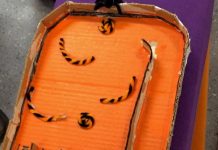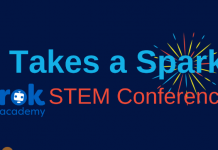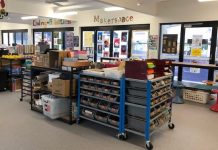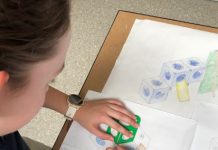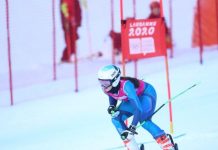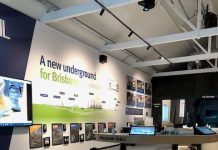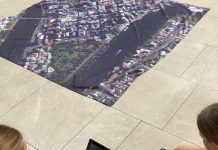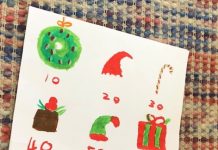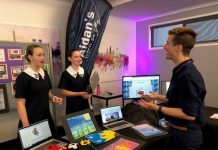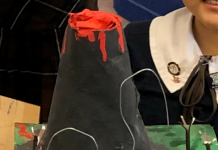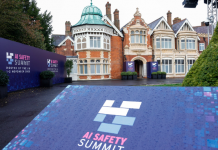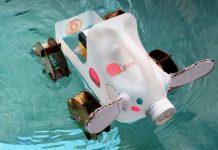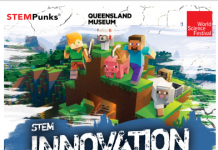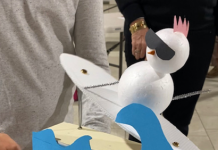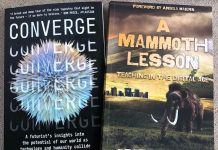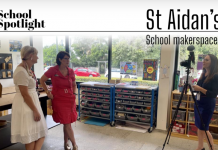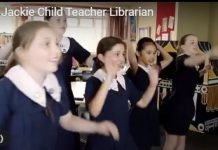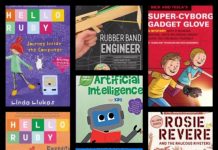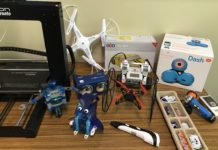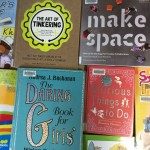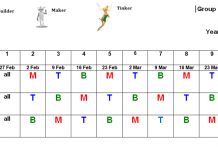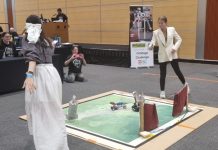 Making is an essential part of being human. Humans have always made and created to survive and evolve. So why has education not continued strongly with this element of learning? There’s an overload of rote-learning and recalling facts for standardized testing! Happily, there is now a huge movement in bringing the work of John Dewey, Jean Piaget, Seymour Papert and Lev Vygotsky into schools through Makerspaces. Learning ‘happens’ in a Makerspace where constructivism and constructionism thrives……’learning by doing’. Research is demonstrating how future skills of collaboration, critical thinking, communicating and creativity are essential for our students to flourish in their world, which is the unknown! Makerspaces provide opportunities for these skills.
Making is an essential part of being human. Humans have always made and created to survive and evolve. So why has education not continued strongly with this element of learning? There’s an overload of rote-learning and recalling facts for standardized testing! Happily, there is now a huge movement in bringing the work of John Dewey, Jean Piaget, Seymour Papert and Lev Vygotsky into schools through Makerspaces. Learning ‘happens’ in a Makerspace where constructivism and constructionism thrives……’learning by doing’. Research is demonstrating how future skills of collaboration, critical thinking, communicating and creativity are essential for our students to flourish in their world, which is the unknown! Makerspaces provide opportunities for these skills.
Professor AnnMarie Thomas identifies eight attributes in her book ‘Making Makers: Kids. Tools and the Future of Innovation’ to cultivating a ‘maker’: being curious, playful, a risk-taker, responsible, persistent, resourceful, share knowledge and being optimistic.
In Mark Hatch’s book ‘The Maker Movement Manifesto’, Mark offers these actions: making, sharing, giving, learning, tooling up, playing, participating, supporting and changing to be a ‘Maker’.
Creating an environment for learning by making encourages both students and teachers to work alongside each other learning together, especially with the vast amount of new technologies becoming rapidly available, often it’s the student who is the expert! Students teaching students and students teaching teachers allows the students to take charge of their own learning and empowers them to grow in confidence to share their skills and knowledge. More in-depth reading can be found in ‘Maker-Centered Learning’ by Edward P. Clapp, Jessica Ross, Jennifer O. Ryan, Shari Tishman.
A Makerspace provides opportunities for DIT (Do it together) and peer learning with cooperative learning and project-based learning. Often students start with a driving question to be solved. Using design thinking, steps and processes are followed. Learning by making is usually interest driven, sometimes beginning with tinkering which leads to more questions and solutions to be discovered. Education researchers Sylvia Libow Martinez and Gary Stager define tinkering as “a mindset – a playful way to approach and solve problems through direct experience, experimentation and discovery”.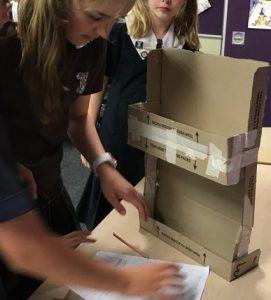
As I look back over the last 4 years at the playing, discovering and learning which has taken place in my Makerspaces it is rewarding and supports how, as educators, we can help bring about inspiring, bright, determined, empathic and self-directed young people who are comfortable to learn from failure and who see themselves as creators of their experiences.
I’m hearing of spaces being created all the time. This is very exciting and a must for all schools to allow their students to shape their worlds!
I’ve shared this video before but it’s always worth watching. Dale Dougherty talking about everyone being a maker.

